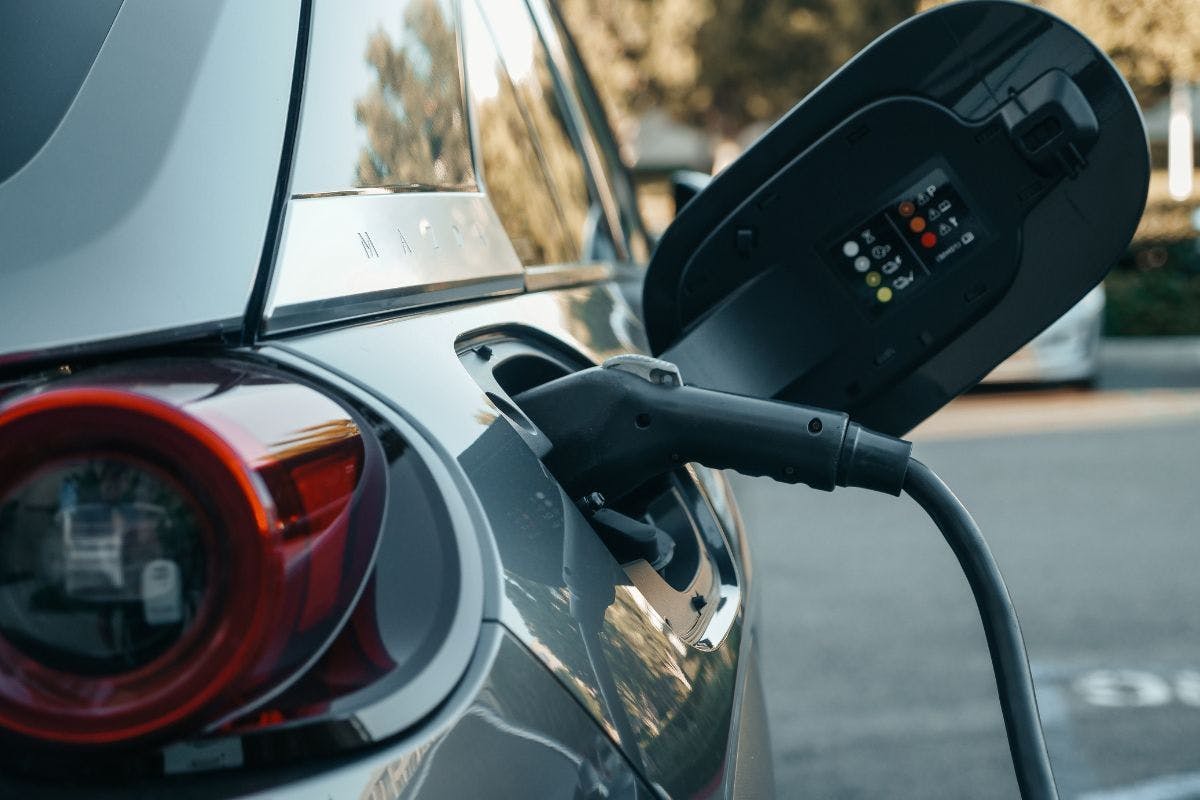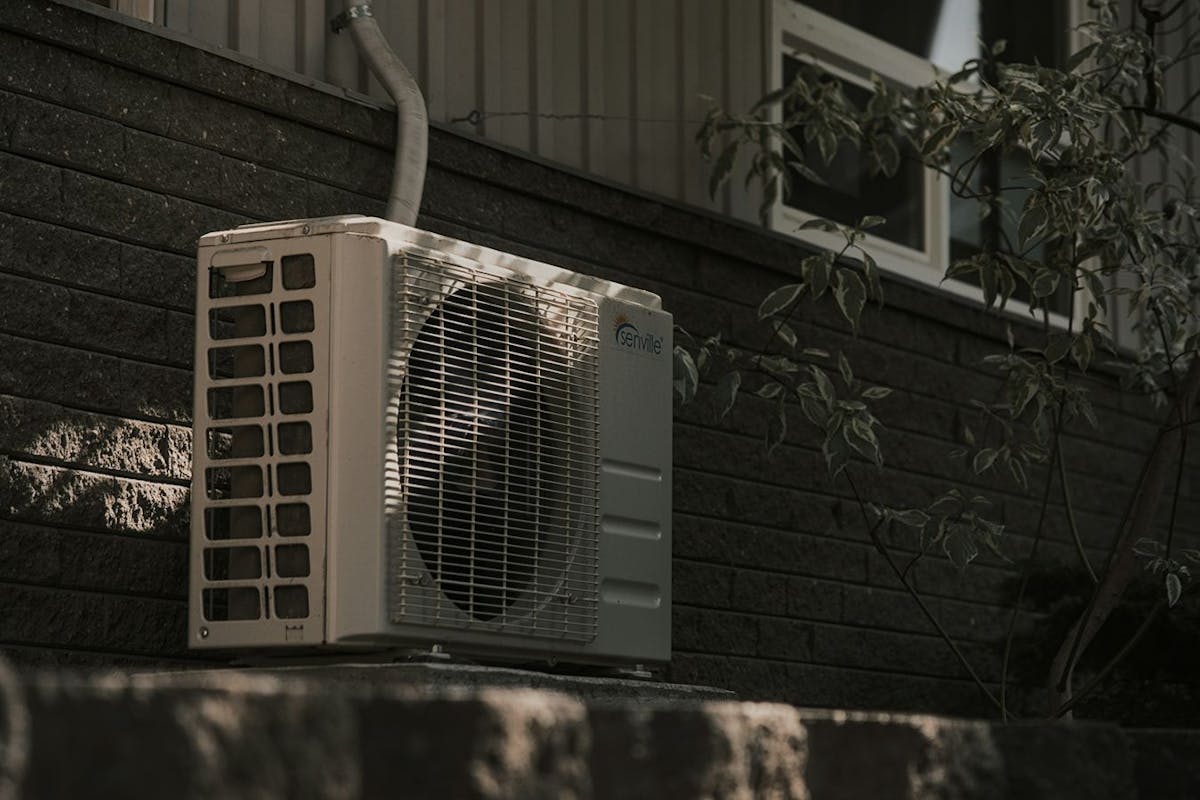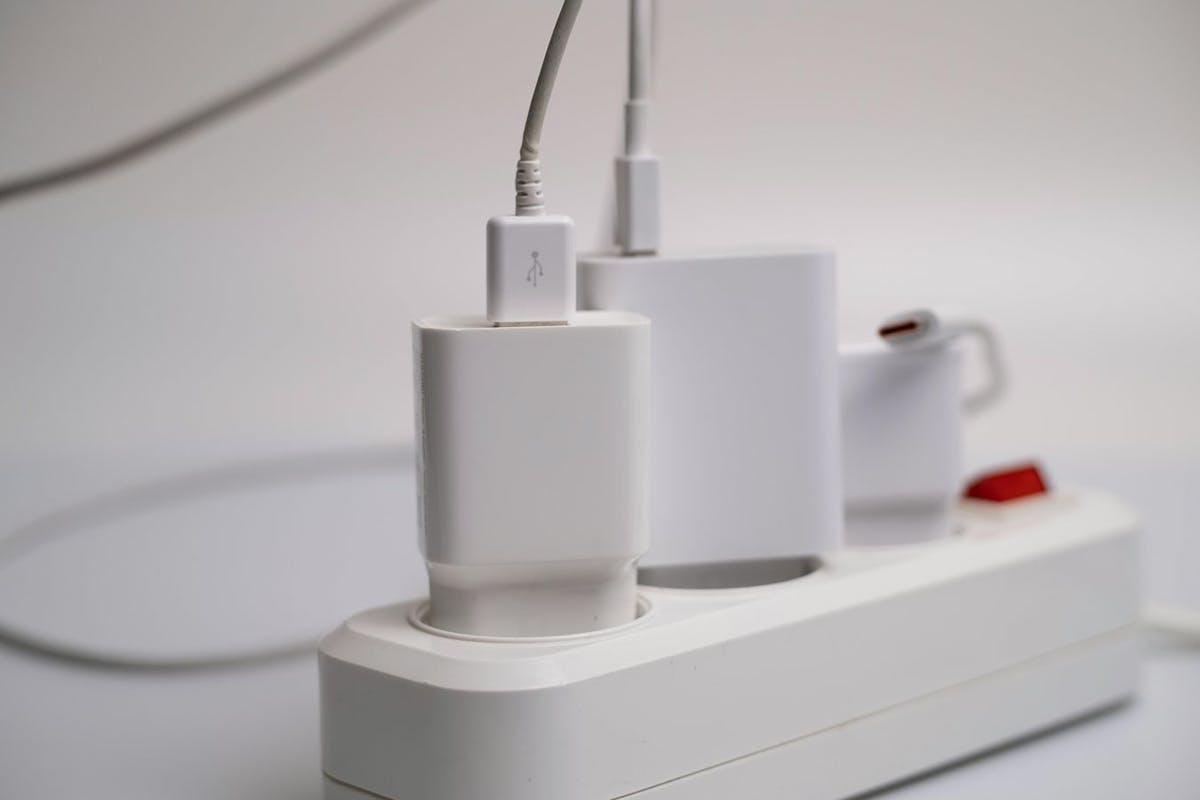Guide to 2025 Electric Vehicle Tax Credits
Last edited

Author
Andrew Giermak
Solar and Electrification Writer and Editor

Editor
Ryan Barnett
SVP, Policy & New Market Development

Drivers switching to an electric vehicle save money and time by not needing gas. They use less fossil fuel and reduce their carbon footprint. Tax credits and incentives, at the federal and state levels, can bring down the higher upfront cost of an EV. However, the federal Clean Vehicle Credit is coming to an end on Sept. 30, 2025.
To save the most money with an EV, it pays to know more about all the possible incentives and what’s changing. Here’s our guide to EV tax credits.
See how much you can save with home energy changes
What Is the Tax Credit for Electric Vehicles?
Since 2010, the federal government has offered various tax benefits to those who purchase electric vehicles. These incentives are designed to lower the cost of EV ownership and get buyers to consider an electric vehicle instead of a gas-powered competitor, which would help lower greenhouse gas emissions.
As part of the Inflation Reduction Act Of 2022, the federal government amended the EV tax credit formally called the Qualified Plug-In Electric Drive Motor Vehicle Credit (Internal Revenue Code 30D) to be called simply the Clean Vehicle Credit.
The Clean Vehicle Credit is valued at 30% of the vehicle’s cost, up to $7,500 for new EVs and $4,000 for used ones.
It will now expire Sept. 30, 2025. The One Big Beautiful Bill Act signed by President Trump in July moved the expiration date from 2034 to the end of September.
The tax credit still applies to manufacturers that had already used up their allotment of the previous EV tax credits, including GM, Toyota, and Tesla, which had previously been capped at 200,000 qualifying vehicles per manufacturer.
The EV credit can be used as a direct payment for an EV purchase. That means even if you don’t owe federal taxes that could be offset with a credit, you can apply that value directly to the purchase from a dealer, instead of having to wait for a tax refund check.
In addition to the federal tax credit, many states offer tax credits and EV incentives. The US Department of Energy’s Alternative Fuels Data Center is a great resource for EV shoppers to see what offers and programs might be available in their area.
Who Qualifies for the Clean Vehicle Tax Credit?
There are a few income restrictions on who can qualify for the Clean Vehicle Credit.
For new car purchases, individuals must make an adjusted gross income of less than $150,000 per year, head-of-household filers must make less than $225,000 per year, and couples must have an annual household income of less than $300,000 per year.
For used electric vehicles, individuals must make less than $75,000 per year, head-of-household filers must make less than $112,500 per year, and couples must have an annual household income of less than $150,000 per year.
See how much you can save with home energy changes
Electric Vehicles Included in the Clean Vehicle Tax Credit
Generally, the tax credit is available for qualifying all-electric vehicles where final assembly occurred in North America (called the “final assembly requirement”). The Department of Energy’s fueleconomy.gov has a search tool for finding electric and hybrid vehicles which qualify for the tax credit as well as requirements and IRS forms.
Eligible new vehicles purchased in 2024 and 2025 according to fueleconomy.gov include the following.
| Model | Model | Model |
|---|---|---|
| Acura ZDX | Chrysler Pacifica PHEV | Kia EV6 |
| Audi Q5 PHEV | Ford F-150 Lightning | Kia EV9 |
| Audi Q5 S Line | Ford Escape | Nissan LEAF S |
| Cadillac LYRIQ | Genesis Electrified GV70 | Nissan LEAF SV Plus |
| Cadillac OPTIQ | GMC Sierra EV | Rivian R1S |
| Cadillac VISTIQ | Honda Prologue | Rivian R1T |
| Chevrolet Blazer EV | Hyundai IONIQ 5 | Tesla Cybertruck |
| Chevrolet Bolt EUV | Hyundai IONIQ 9 | Tesla Model 3 |
| Chevrolet Bolt EV | Jeep Grand Cherokee PHEV | Tesla Model X |
| Chevrolet Equinox EV | Jeep Wagoneer S | Tesla Model Y |
| Chevrolet Silverado EV | Lincoln Corsair Grand Touring | Volkswagen ID.4 |
In addition to this list of vehicles with final assembly in North America, the build location of a particular vehicle should be confirmed using the VIN code, or an information label affixed to the vehicle. The US Department of Transportation's NHTSA provides a VIN Decoder that can be used to identify a vehicle's build plant and country of manufacture, along with other details about the vehicle.
There is a limit on the value of the EV that will qualify. For new electric vehicles, you won’t be able to claim a credit for any EV sedan with a manufacturer suggested retail price over $55,000, or $80,000 for trucks, vans, and SUVs.
For used electric vehicles, you can’t claim a credit on any vehicle that costs over $25,000. Used EVs don’t have the North America final assembly requirement. Used EVs must be at least 2 years old to qualify for the tax credit, and each used vehicle can only qualify for the credit once, to prevent abuse of the system.
Plug-in Hybrid EVs (PHEVs) will continue to qualify for an electric vehicle rebate, as long as they have a battery capacity over 7kWh, and meet the same battery requirements as pure EVs.
In terms of batteries, the traction battery must be at least seven kilowatt-hours (kWh), and there are sourcing requirements for critical mineral extraction, processing, and recycling, and battery component manufacturing and assembly. The critical mineral requirements are worth $3,750, and the battery component requirements are worth $3,750. Vehicles meeting the critical mineral and the battery component requirements are eligible for the total tax credit of up to $7,500.
Critical minerals in EV batteries
In order to be eligible for the $3,750 ‘critical minerals’ portion of the Clean Vehicle Credit, a certain percentage of the value of the battery’s “critical minerals” must be extracted or processed in the United States, or a US free-trade agreement partner, or recycled in North America.
The exact percentage would have increased over time according to the following schedule:
| Year | Critical Mineral Minimum Percent |
|---|---|
| 2023 | 40% |
| 2024 | 50% |
| 2025 | 60% |
| 2026 | 70% |
| 2027 and Later | 80% |
EV battery components
In order to be eligible for the $3,750 ‘battery components’ portion of the Clean Vehicle Credit, a certain percentage of the value of the battery’s components must be manufactured or assembled in North America.
The exact percentage would have increased over time according to the following schedule:
| Year | Battery Components Minimum Percent |
|---|---|
| 2023 | 50% |
| 2024 and 2025 | 60% |
| 2026 | 70% |
| 2027 | 80% |
| 2028 | 90% |
| 2029 and Later | 100% |
Immediate Savings With a Direct Credit at EV Dealers
You can use the tax credit at a dealer as a direct credit at time of sale. In fact, many dealers are expected to specifically advertise programs to help consumers use the federal tax credit. This method allows you to save money upfront, without waiting to receive a tax rebate.
To be used as a direct credit, the dealer must disclose the original MSRP of the vehicle, along with any applicable tax credit amount being applied, and the amount of any other programs or tax incentives that may be available and applicable to the purchase.
The Economic Impact of Electric Vehicle Tax Credits
By connecting EV tax credits with US manufacturing, the goal is to stimulate the purchase of new and used electric vehicles, and motivate manufacturers to bring their facilities into the US. If they don’t, they risk being out-sold by manufacturers with US facilities that are using the tax credit to make their vehicle more affordable.
This should create new jobs in the electric vehicle and EV battery industries, which will also create new jobs in supporting industries like EV charging, service, and maintenance.
In addition to creating jobs, the increase in EV sales should continue to help improve EV efficiency, as automakers invest in more-efficient electric motors and other technologies such as regenerative braking. That could result in even lower greenhouse gas emissions per mile driven than traditional vehicles. We could also see lower greenhouse gas emissions if EVs are recharged using clean, renewable energy.
Guide to Electric Vehicle Tax Credits
The Clean Vehicle Credit allows consumers to purchase new and used electric vehicles at a substantially reduced price. The credit is meant to encourage EV growth, improve the supporting infrastructure for EVs, and create jobs in the automotive industry.
If you’re interested in powering your new electric vehicle with clean solar energy, you can go to Palmetto’s solar savings calculator to see an estimate of what you’ll save and learn more. Or check out Energy Advisor to see what you could save with other home energy improvements.
See what home electrification can do for you:
Frequently Asked Questions
What type of EV charger do I need at home?
Home EV chargers are Level 1 or Level 2 EV charging stations. Level 1 can be used in a standard 120-volt outlet, but is slower, charging about 2-5 miles of range per hour. Level 2 stations need a 240-volt outlet and charge faster, from 10-60 miles added per hour.
How much does it cost to charge an EV?
That depends on the battery size, the cost of electricity, and the type of charge you’re using. In many places, EVs can be cheaper to fuel than gas and diesel vehicles.
How are EVs green?
Electric vehicles are green as they use clean, renewable energy, which is even more true if you power an EV with solar-generated electricity at home, instead of fossil fuels which emit greenhouse gases.
Disclaimer: This content is for educational purposes only. Palmetto does not provide tax, legal, or accounting advice. Please consult your own tax, legal, and accounting advisors.


